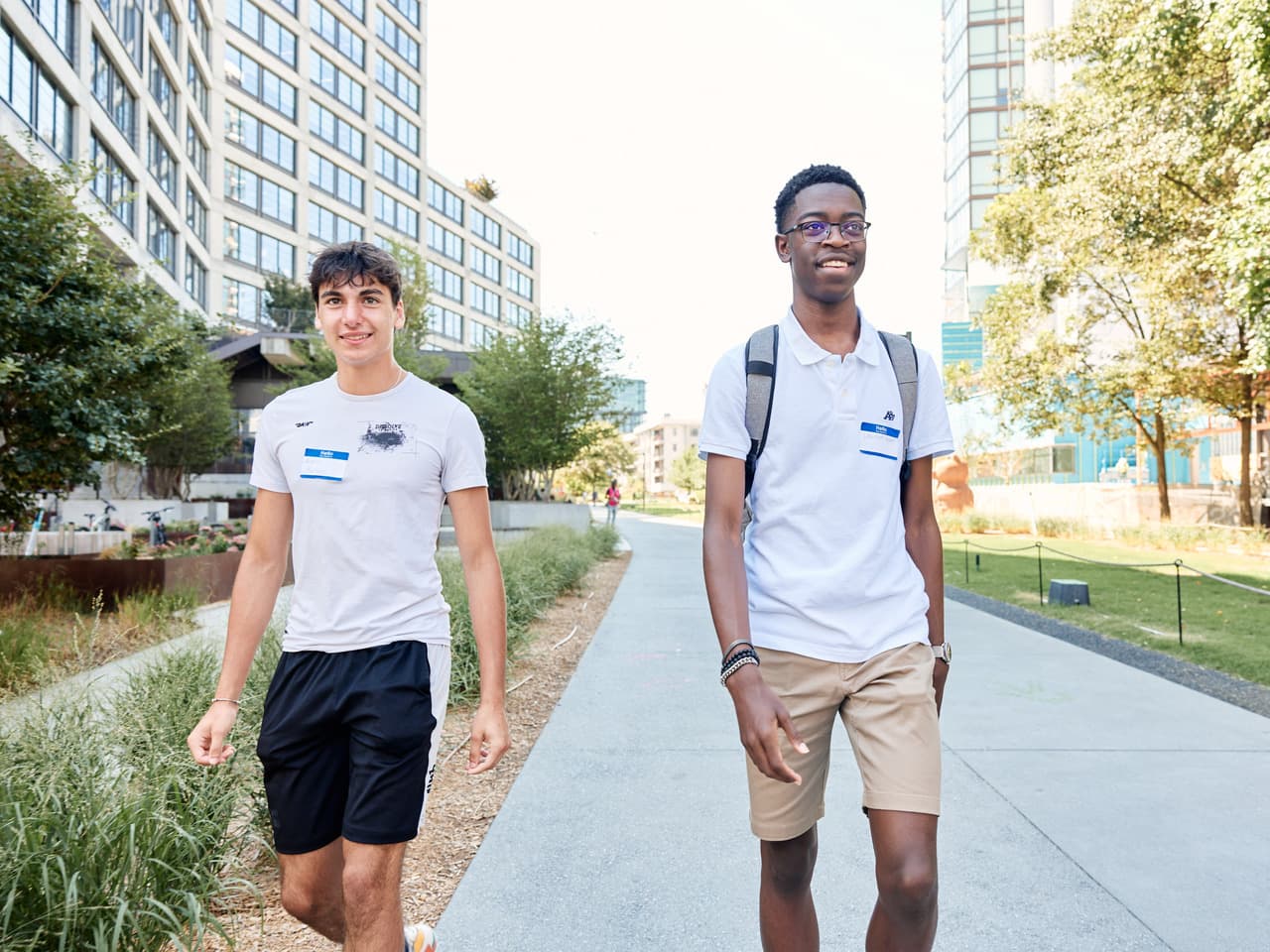Community Involvement
Lend Your Voice
The Atlanta Beltline belongs to all of us. Share your expertise and your voice by serving on one of our committees or advisory boards.
Ensuring Community Accountability
We value the input of all residents and work diligently to honor the objectives of Atlanta Beltline neighborhood groups and Atlanta community leaders. Learn about the different committees and advisory boards that help hold us accountable to our mission.
Beltline Affordable Housing Advisory Board
The Atlanta Beltline Affordable Housing Advisory Board (BAHAB) advises on the administration and execution of the Beltline Affordable Housing Trust Fund (BAHTF).
Tax Allocation District Advisory Committee
The Atlanta Beltline Tax Allocation District Advisory Committee (TADAC) helps provide recommendations on how to manage the Atlanta Beltline Tax Allocation District (TAD).
Special Service District (SSD) Advisory Board
The Atlanta Beltline Special Service District (SSD) Advisory Board provides non-binding advice, robust analysis, and critical thinking for the utilization of the $100M SSD funds to complete the 22-mile loop.
Beltline Public Art Advisory Committee (BPAAC)
The Atlanta Beltline Public Art Advisory Committee (BPAAC) reviews Atlanta Beltline Art's jury-selected artists, external exhibition proposals, and creative partnerships, and provides advice to the Arts & Culture Department.
Beltline Academy
Atlanta Beltline Academy is focused on giving young people the tools they need to feel empowered by and ownership of the Beltline project.

Request a Meeting
By request, Atlanta Beltline, Inc. staff is happy to attend additional community meetings. Please provide a minimum of two weeks notice and allow for staff availability. Call (404) 477-3552 for more information or submit a request.

Measuring Our Progress
Learn how the Beltline prioritizes DEI when understanding residents' needs, and how we measure our progress.
Building Diverse, Equitable, Inclusive Relationships
Creating deep, lasting connections with our community is essential to our success. That’s why the Atlanta Beltline's Community Engagement team prioritizes DEI when understanding residents' needs.
Dig into the Data
We measure our progress toward our equity and inclusion vision in housing affordability, economic development, transit access, inclusion, and quality of life to demonstrate our progress and results over time.
Meet the Community Engagement Team
Community engagement is at the core of the mission of the Atlanta Beltline. We can’t shape the Atlanta Beltline vision without the input of passionate community members like you.

Vice President of Planning, Engagement and Art
Atlanta Beltline, Inc.
Planning & Engagement






